

When experiencing diminished performance from your cleaning device, investigating the inlet water supply should be your first step. A consistent flow of clean water is essential for optimal functionality. If the hose is kinked, blocked, or damaged, this could drastically impact performance. Routinely check connections for leaks and ensure that the filtration system is free from debris.
Another aspect to consider is the nozzle condition. Clogged or damaged nozzles not only affect spray pattern but also reduce intensity. Clean or replace them regularly to maintain the desired force. Similarly, be vigilant about the condition of the pump. A malfunctioning pump might not generate adequate flow, hindering the entire operational capacity.
Furthermore, inspect all hoses for wear and tear. Any cracks or punctures can lead to loss of output pressure. Ensure all fittings are secure as loose connections can result in leaks that diminish efficacy. Lastly, gauge the power supply; inadequate voltage may influence performance, so use a suitable extension cord if required. Regular maintenance and timely inspections are key to preserving robust operation in cleaning machinery.
Factors Leading to Reduction in Spray Force
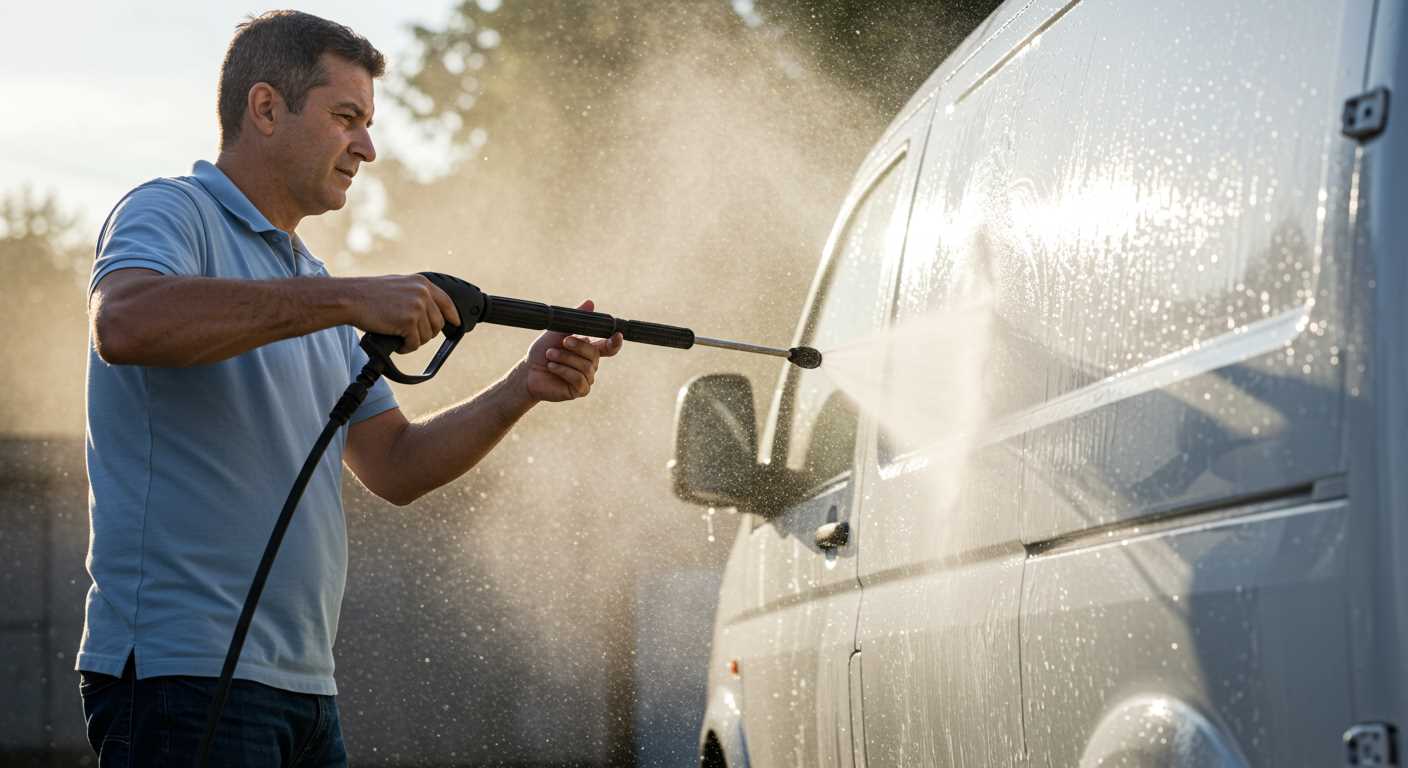
Regular maintenance stands out as a key aspect to ensure optimal operation. A clogged nozzle or filter is often the first culprit. I recommend routinely checking and cleaning these components. Blockages can severely impact performance, so use a suitable cleaning tool for the nozzle.
Common Issues and Solutions
| Issue | Recommended Action |
|---|---|
| Air Leaks | Inspect hoses and connections. Replace damaged parts. |
| Incorrect Water Supply | Ensure adequate water flow and pressure at the source. |
| Worn Out Pump Seals | Replace seals to restore functionality. |
| Dirty Filters | Clean or replace filters regularly to enhance flow. |
| Incompatible Nozzle | Switch to a nozzle suited for the task at hand. |
Inconsistent performance may also arise from using the wrong detergent. Always refer to manufacturer guidelines for compatibility. A lack of lubrication in the pump can create wear over time; ensure it is adequately serviced. Lastly, review the power supply; fluctuations can limit the unit’s effectiveness. Keeping these elements in check will significantly enhance performance.
Clogged Nozzle Issues
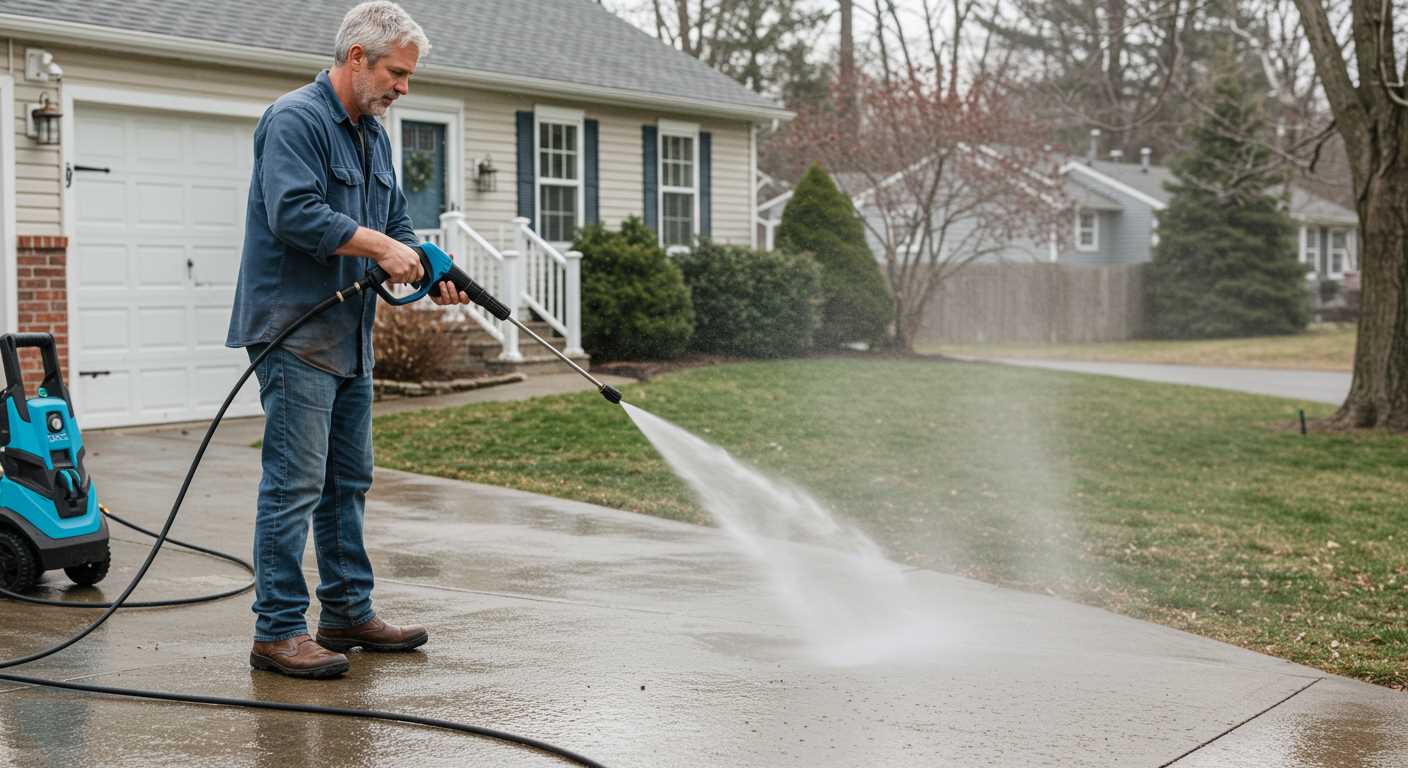
The first step in addressing low output is to examine the nozzle for blockages. A restricted nozzle can dramatically reduce the effectiveness of the machine. Regular inspection and maintenance are crucial to ensuring optimal performance. If you notice a weak stream or uneven spray, check the tip for debris or mineral deposits.
To effectively tackle clogs, follow these guidelines:
| Step | Description |
|---|---|
| 1 | Turn off the unit and disconnect the water supply. Safety first. |
| 2 | Remove the nozzle from the lance carefully. |
| 3 | Inspect visually for visible blockage. If found, use a thin wire or a nozzle cleaning tool to remove it. |
| 4 | Soak the nozzle in a descaling solution if mineral build-up is present. |
| 5 | Rinse thoroughly before reattaching it to the lance. |
Some nozzles feature adjustable spray patterns. Ensure the nozzle is set correctly for the intended task; an inappropriate setting may also appear as reduced output. Keep spare nozzles handy to replace worn or damaged ones, as they can significantly impact functionality.
Cleaning the nozzle regularly will help in maintaining maximum efficiency. An unmaintained unit will lead to wasted time and resources, while proper care ensures effective operation whenever needed.
Failures in the Pump Mechanism
Examining the pump mechanism is crucial when there is a drop in operational efficiency. This component plays a central role in fluid dynamics within the cleaning equipment. Regular maintenance checks ensure longevity, but wear and tear can still occur over time.
- Inspect for wear on seals and O-rings. These parts can degrade, leading to leaks that significantly lower the output stream. Replace them if there are visible signs of damage.
- Check for debris or foreign objects obstructing the inlet or outlet ports. A clean passage allows maximum flow, while blockages create resistance and hinder performance.
- Ensure the unloader valve operates correctly. If it becomes stuck or malfunctions, it can lead to water bypassing the pump, which results in inadequate flow rates.
- Verify the pump is primed. An insufficient amount of water can result in air pockets, reducing effectiveness. Bleed the system if necessary.
- Monitor for any unusual noises during operation. Whining or grinding sounds may indicate internal component failure, necessitating immediate inspection.
Addressing these areas proactively helps maintain optimal functioning and prevents more serious complications down the line. Regularly scheduled evaluations become invaluable to ensuring the pump’s efficiency and longevity.
Inadequate Water Supply Problems
Insufficient water supply directly hampers performance. Ensure that the water source delivers a consistent flow. A minimum of 5 litres per minute is typically recommended for optimal functioning.
Here are key factors to consider regarding water supply issues:
- Hose Diameter: A narrow hose can restrict flow. Opt for a minimum diameter of ½ inch to allow adequate water passage.
- Hose Length: Longer hoses can lead to diminished pressure. Try to keep the hose length manageable to avoid flow restriction.
- Kinks and Bends: Inspect the hose for kinks or twists. These can obstruct water movement, reducing efficiency.
- Water Source: Utilise a clean and reliable source. Contaminants can clog internal components, affecting overall output.
- Check Valves: Ensure that any valves in the water supply line are fully open to prevent any blockage.
Testing for Adequate Supply
To diagnose supply problems, follow these steps:
- Detach the hose from the unit and turn on the water to measure the flow rate. A robust stream indicates sufficient supply.
- Inspect water filters or strainers if present. Clean any debris to enhance flow.
- Evaluate the pressure settings of the water supply; low municipal pressure may need a boost from a pump.
Address these supply issues promptly to restore functionality. Regular maintenance ensures uninterrupted operation and preserves equipment longevity.
Air Leaks in Hoses and Connections
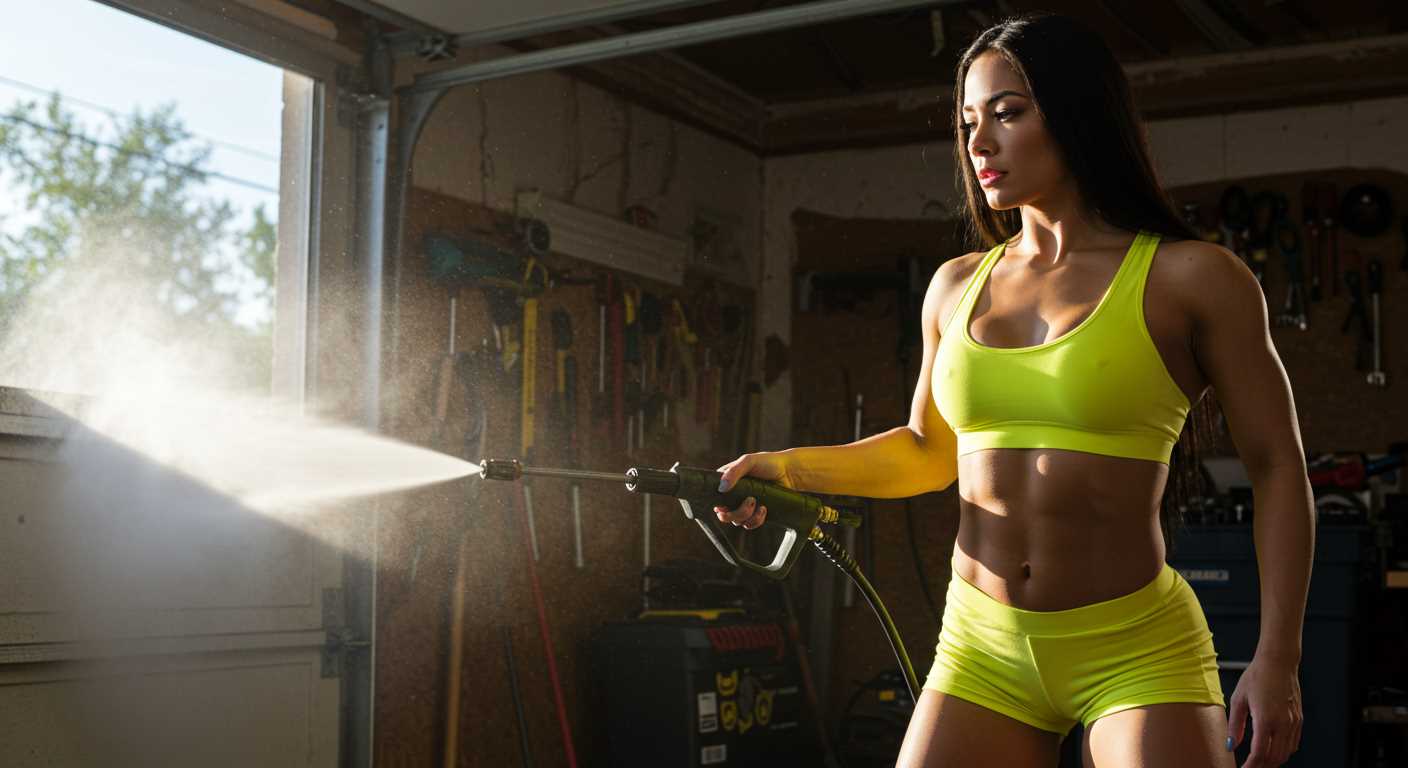
Inspect hoses and connections for visible signs of wear or damage. Cracks can form from prolonged use or environmental factors, allowing air to enter the system. Grab a soapy water solution and apply it to connections; if bubbles form, a leak exists.
Ensure all fittings are tightly secured. Loose connections may create gaps that diminish performance. Regularly check hose clamps and connectors, tightening them as needed.
Consider replacing hoses that show significant wear. Flexible options are prone to kinks, which can disrupt flow and contribute to air intrusion. Always use hoses rated for your unit’s specifications to maintain consistency in performance.
Utilising a quality sealant can help provide additional protection against potential leaks. Be mindful of the entire assembly; a small imperfection in any part can impact overall functionality.
Damaged or Worn-out Seals
The integrity of seals directly impacts efficiency. If you notice a decrease in flow or output, inspect the seals closely. Over time, wear and tear or exposure to high-pressure water may degrade these components, leading to leaks. It’s advisable to check the O-rings and seals for cracks or brittleness before assuming other issues.
Replacement Process

To replace, first disconnect the equipment from the water supply and power source. Carefully remove the worn seal, noting its position for proper installation of the new one. Ensure you select the right replacement that matches the original specifications. After installation, test the unit at a low flow to confirm that the leak has stopped.
Maintenance Tips
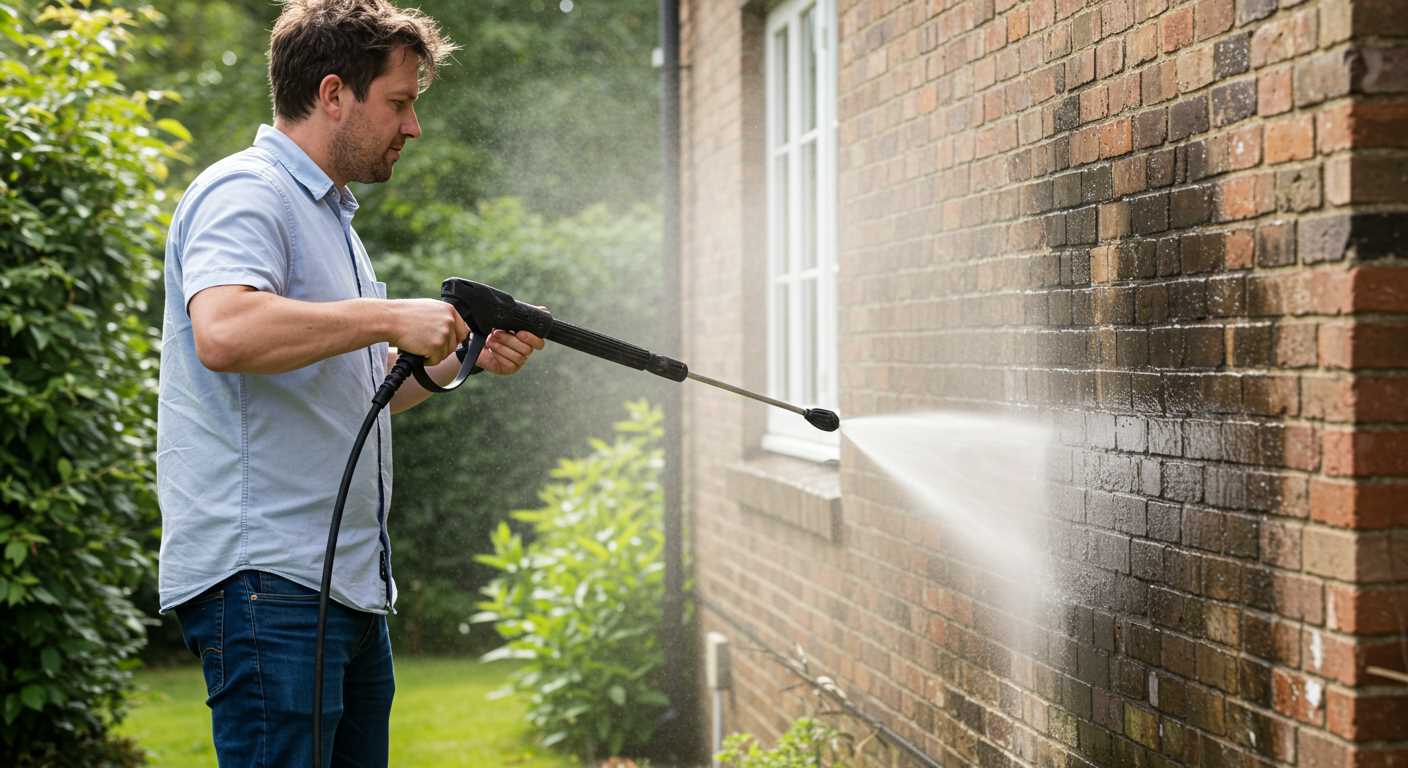
Regular maintenance can prevent premature damage. Periodically lubricate seals with compatible grease to enhance their lifespan. During off-seasons, store the equipment in a climate-controlled environment to avoid brittle seals due to extreme temperatures. Adopting these practices will ensure lasting performance and prevent unexpected downtimes.
Incorrect Pressure Settings
Adjusting the settings on your machine is crucial for optimal performance. If the dial is set too low, you may experience weak output. Check the manufacturer’s guidelines for the appropriate settings based on your cleaning task.
Identifying the Problem
First, observe the display or gauge. If it’s not aligned with what you’d expect for the surface or debris you’re tackling, make adjustments. A quick tweak can significantly enhance the efficacy of your cleaning session.
Making Adjustments
Engage the machine and gradually alter the settings while monitoring the output. This trial-and-error method helps pinpoint the best level for each specific job. If the adjustments don’t yield improvements, further inspection of other aspects might be necessary.
Blocked Filters or Screens
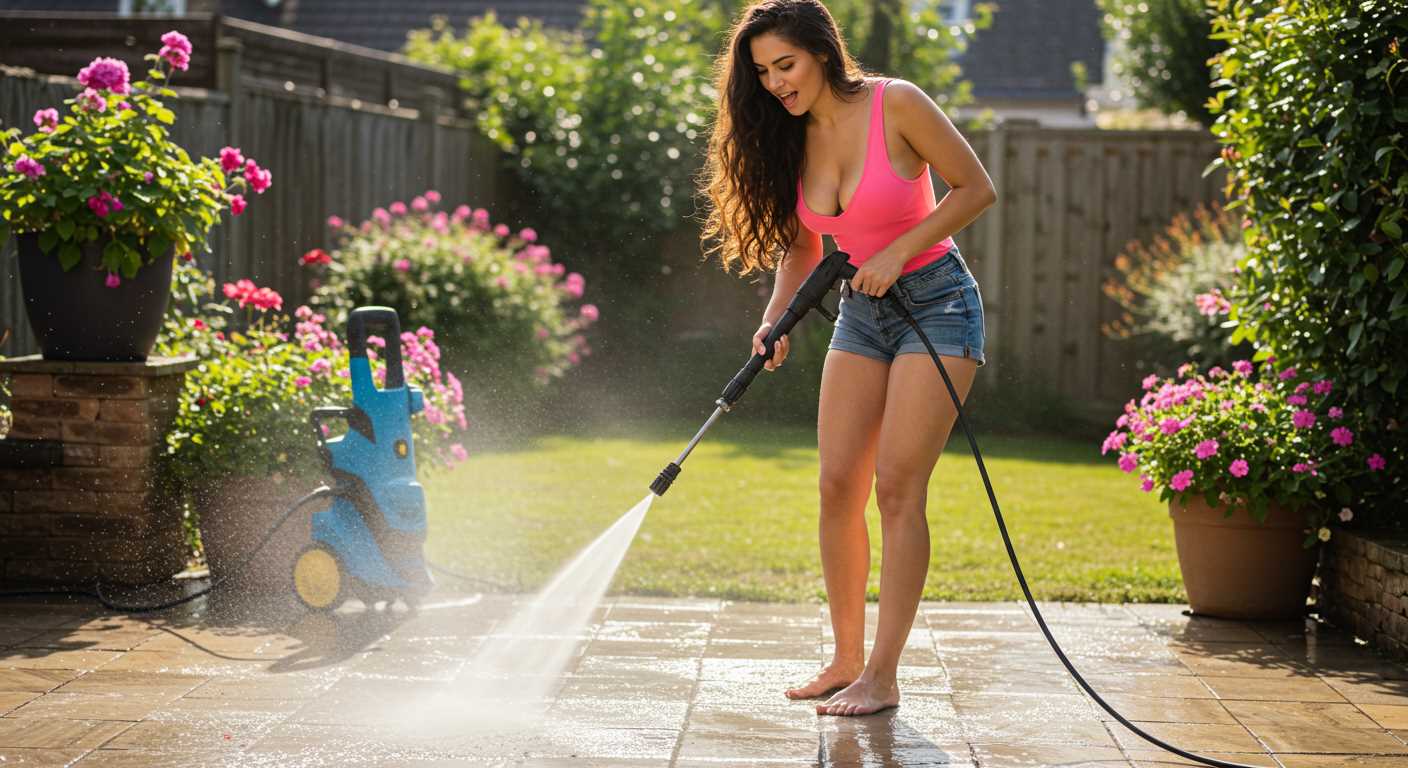
Inspect and clean filters and screens regularly. Debris accumulation can obstruct water flow, leading to diminished output. Start with the inlet filter; if it’s dirty or clogged, remove it and rinse thoroughly. Replace it if any damage is visible.
Cleaning Procedure
To clean, soak the filter in a mixture of water and a mild detergent for about 15-20 minutes. Brush gently with a soft brush to remove stubborn particles. Rinse well with fresh water before reinserting it.
Maintenance Tips
Consider installing a sediment filter on the water source. This addition can help prevent dirt and debris from entering the system. Make it a habit to check the screens regularly, especially after using the unit in dusty or debris-prone environments.
Temperature Fluctuations and Their Impact
Maintaining a consistent temperature range for water intake is vital for optimal equipment performance. Rapid changes in temperature can lead to various issues that may hinder machine functionality.
Effects of High Temperatures
- High water temperature can strain components, particularly seals and O-rings, leading to premature wear and potential leaks.
- Overheating during extended use may cause the pump to overwork, resulting in decreased efficiency.
- Heat can create steam, which interferes with the proper flow of water, contributing to inconsistent output.
Impact of Low Temperatures
- Cold water can lead to viscosity changes in lubricants and fluids within the pump, causing sluggish operation.
- Frozen water in hoses can create blockages, preventing smooth water flow and normal functionalities.
- Inadequate heating of components may increase the risk of mechanical failure during operation.
To counter these effects, ensure that the water temperature remains within the manufacturer’s specified range. Regularly inspect seals and components for signs of stress or damage, particularly after operating under temperature extremes. Running a few cycles with moderate-temperature water can help normalise the system before demanding tasks.








